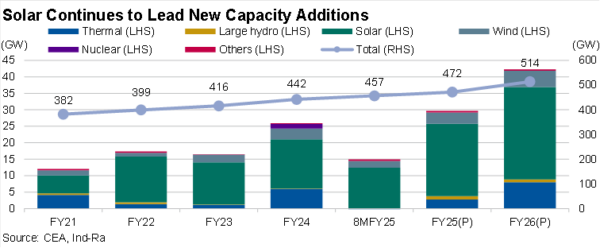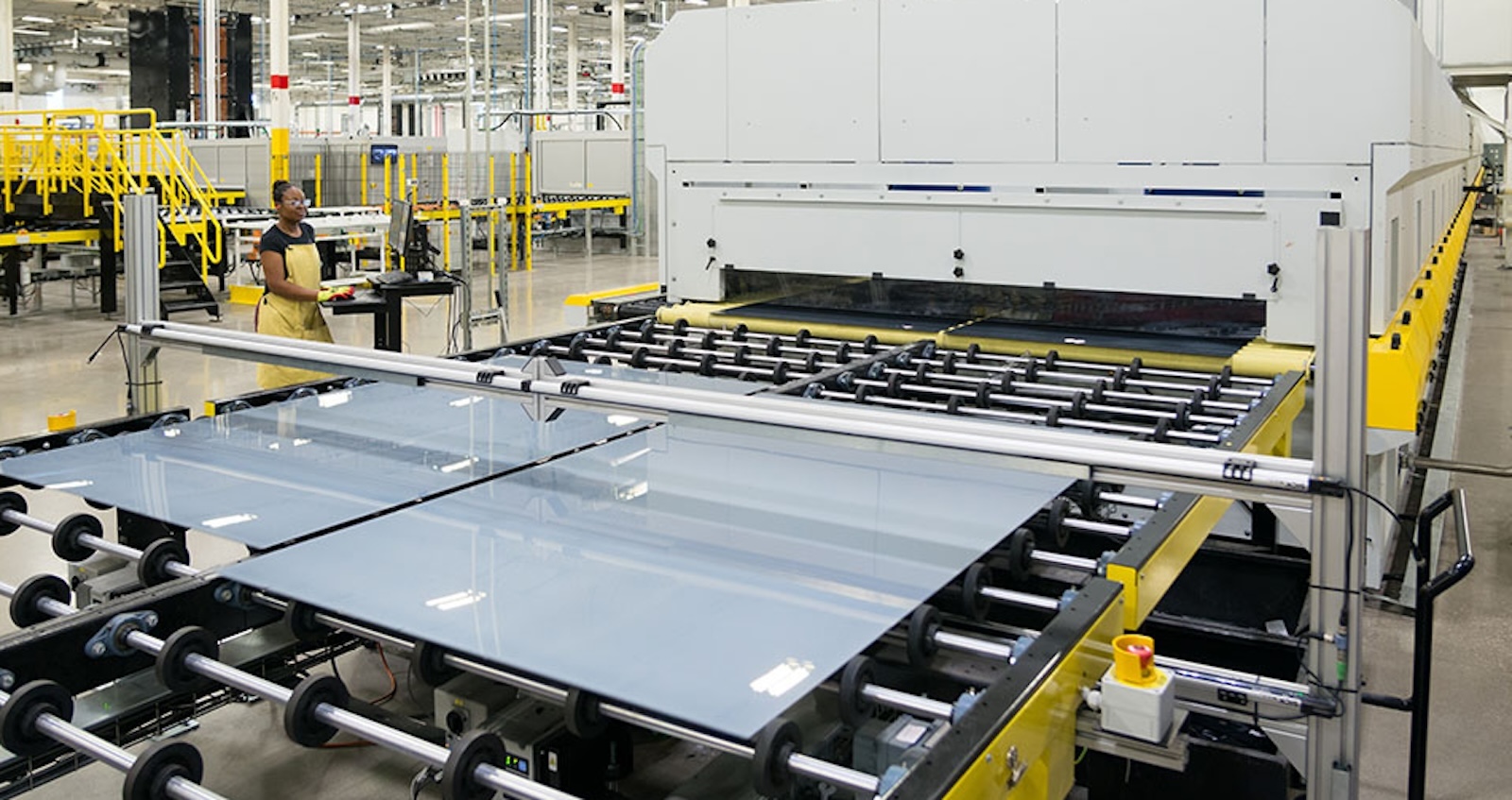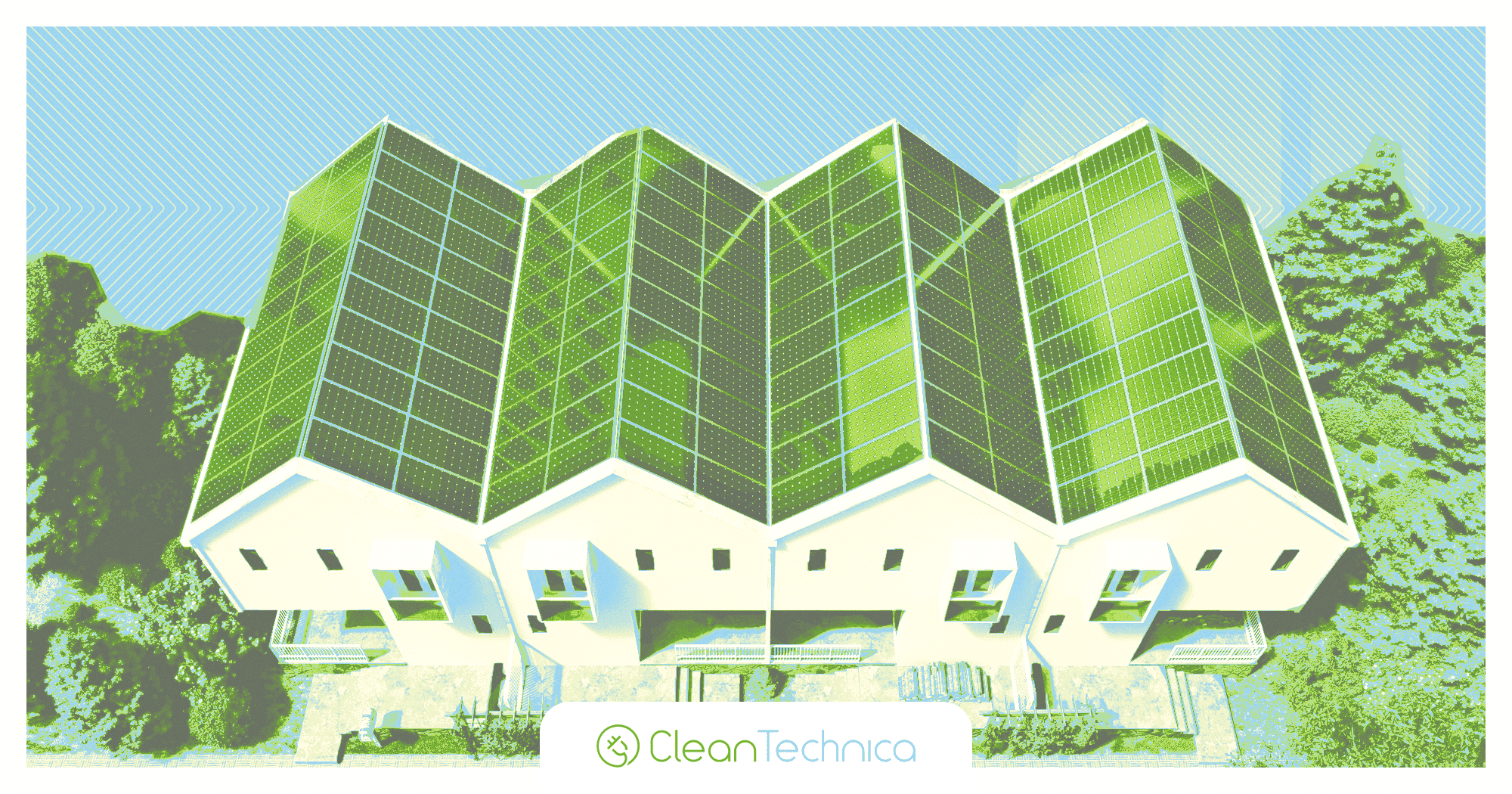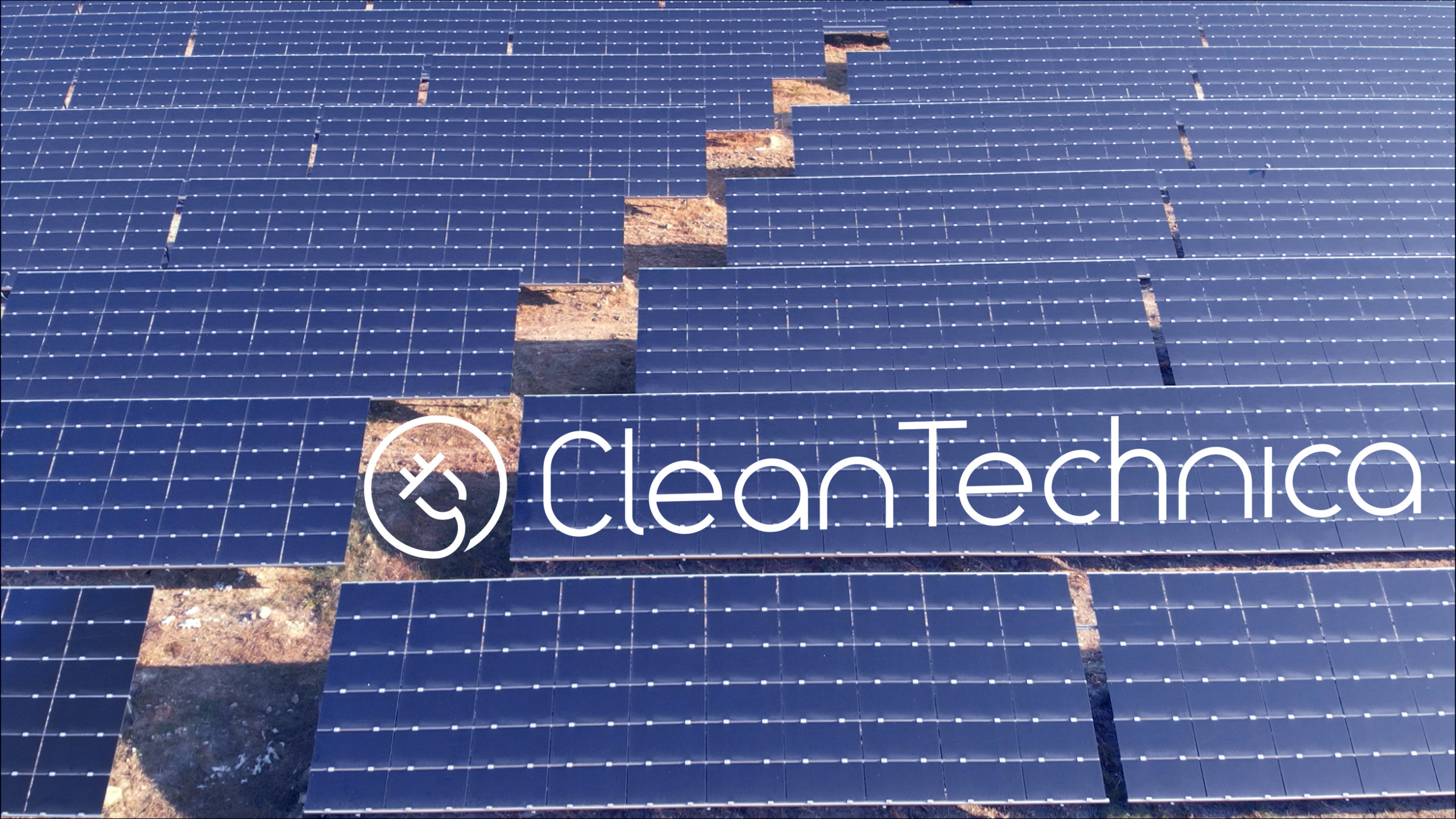Renewable energy plus storage auctions to gain traction in India
India Ratings says it expects renewable energy and storage tenders to gain further traction in India in the coming years, given the storage requirement of around 74 GW/411 GWh under National Electricity Plan (2023-32).

India Ratings says it expects renewable energy and storage tenders to gain further traction in India in the coming years, given the storage requirement of around 74 GW/411 GWh under National Electricity Plan (2023-32).
From pv magazine India
India Ratings (Ind-Ra) said it expects India to add 25 GW to 28 GW of renewable energy capacity this fiscal 2024-25, with 18.8 GW already installed in the nine months to the end of December 2024. It said the capacity additions will largely be from solar projects.
Furthermore, Ind-Ra expects the share of renewable energy sources to reach 55% to 60% of the total power generation capacity installed by fiscal 2030 and contribute 35% to 40% to the total power generation mix.
However, land acquisition, connectivity and adequate evacuation/transmission infrastructure remain critical for capacity additions, said the analysts.
“Given the expected energy demand growth and energy transition plans, India needs to add 50 GW of renewable energy capacity per annum till 2030,” said Vinitha Arunachalam, an infrastructure analyst for Ind-Ra. “With a strong pipeline of 174 GW as of September 2024 and healthy tendering activity, implementation remains key to achieve the set targets.”
All-India power generation capacity reached 457 GW as of Nov. 2024, with renewables contributing a share of 45% (205 GW). The share of renewable energy (including large hydro) in power generation is likely to remain stable at 21% in FY 2025 with the balance largely contributed by thermal. Renewable energy capacity addition is expected to gain further traction in view of a strong pipeline (largely solar) and contribute 35%-40% to the generation mix by 2030.

To continue reading, please visit our pv magazine India website.
What's Your Reaction?






























































